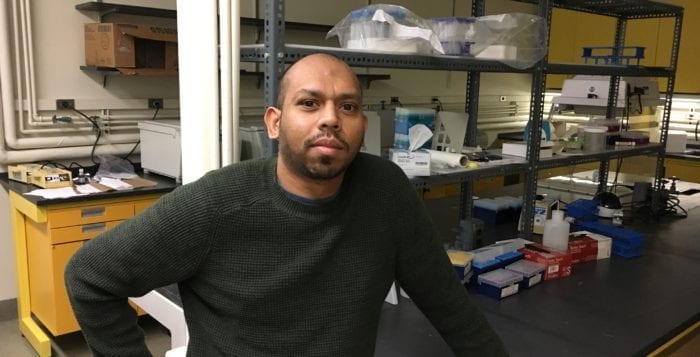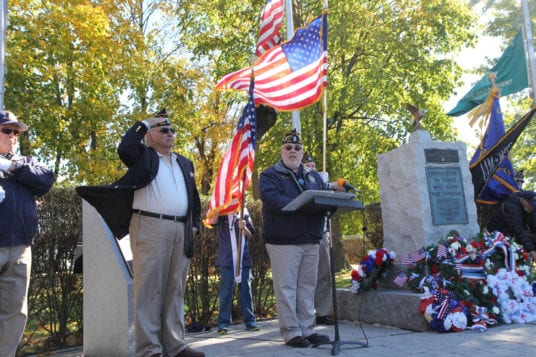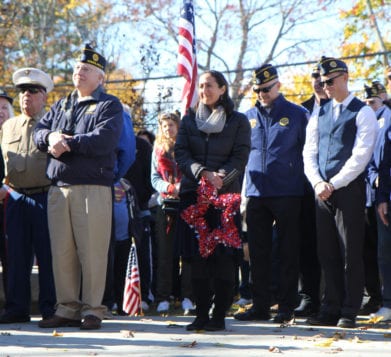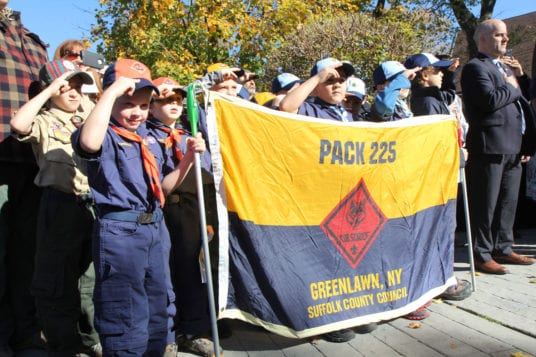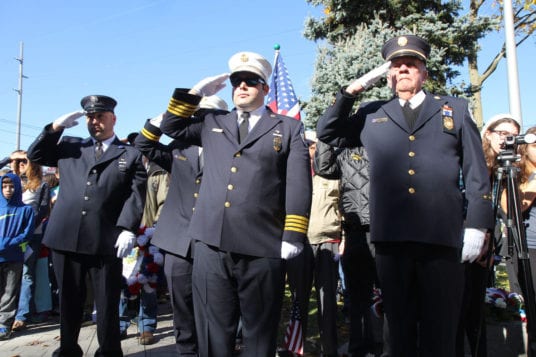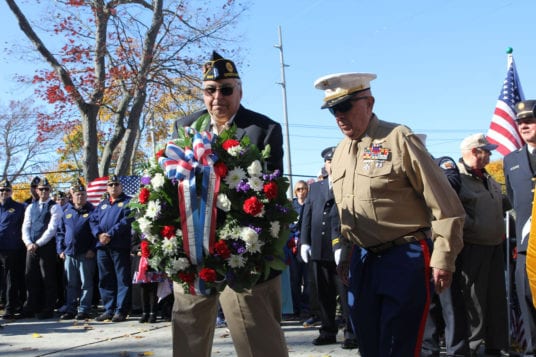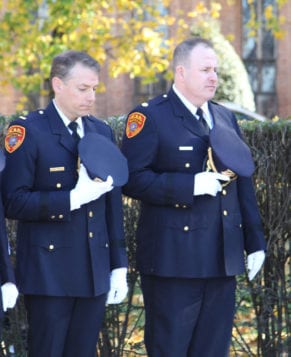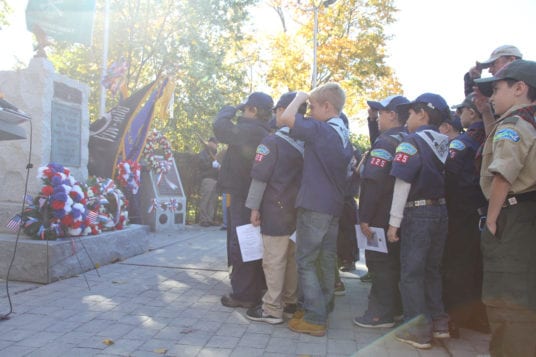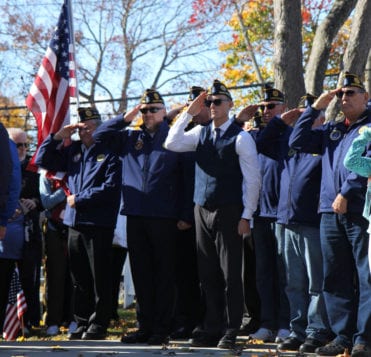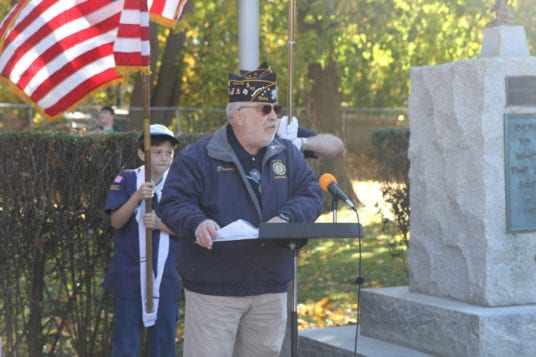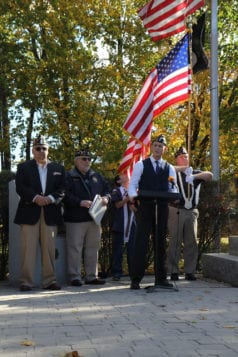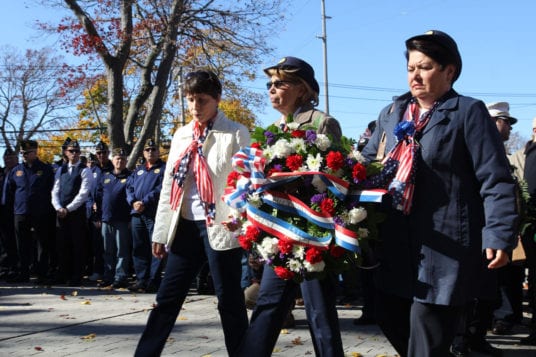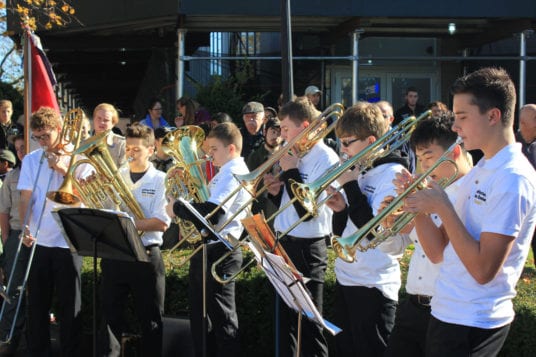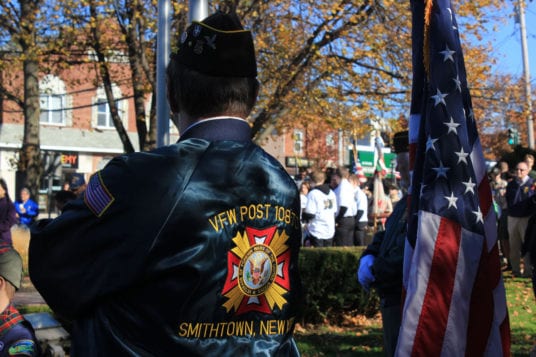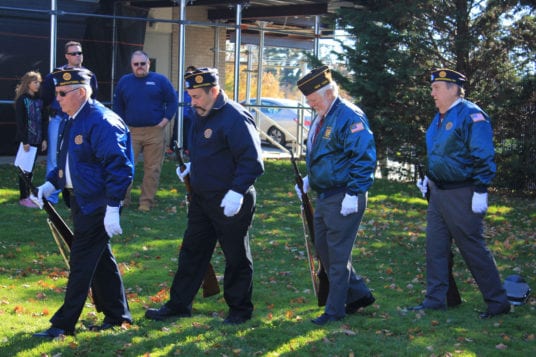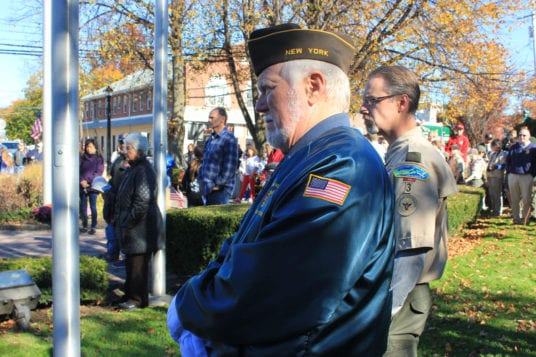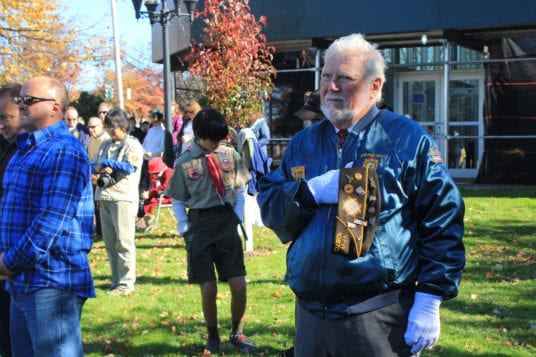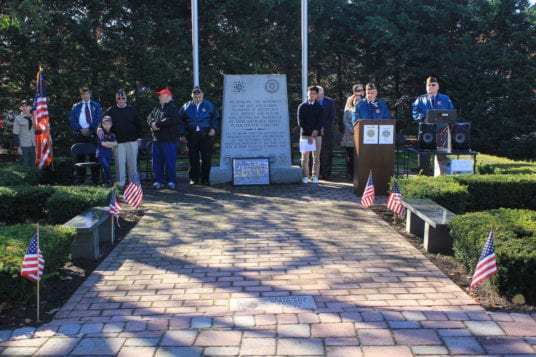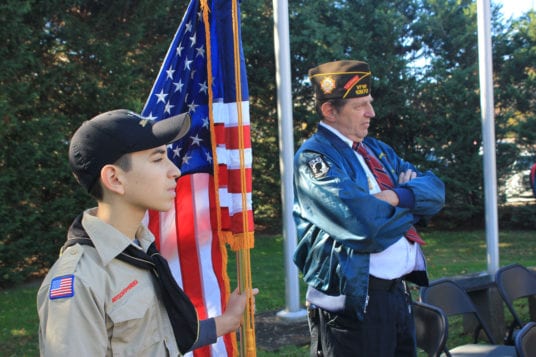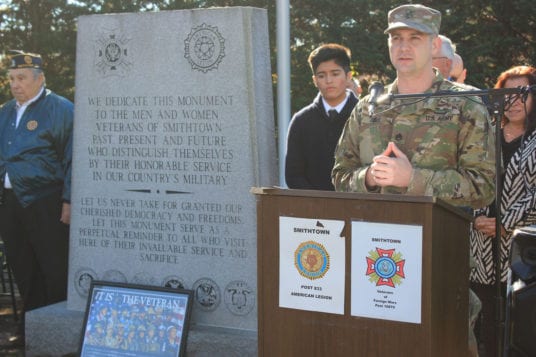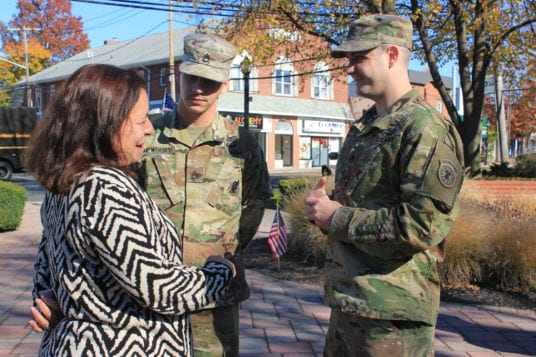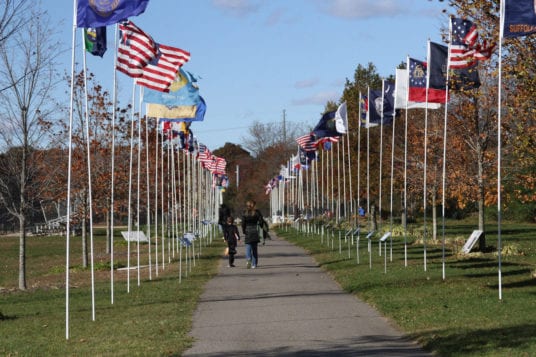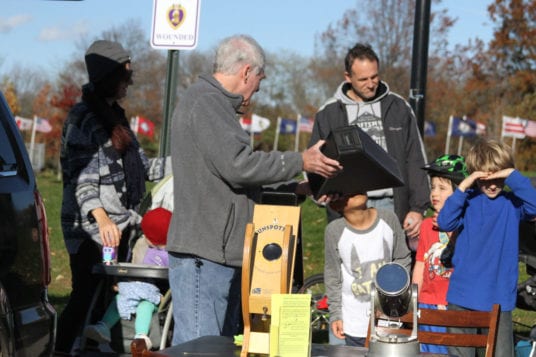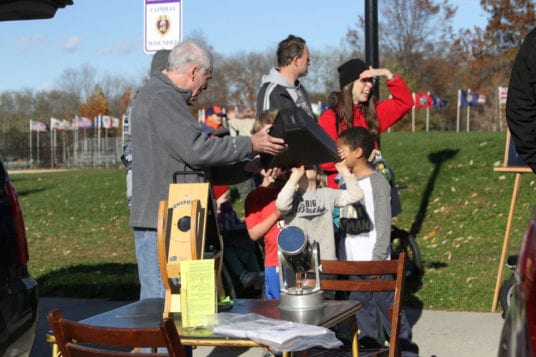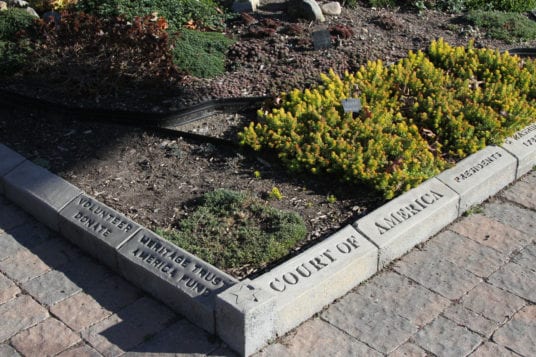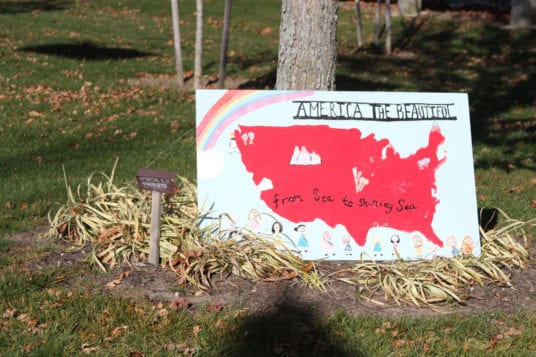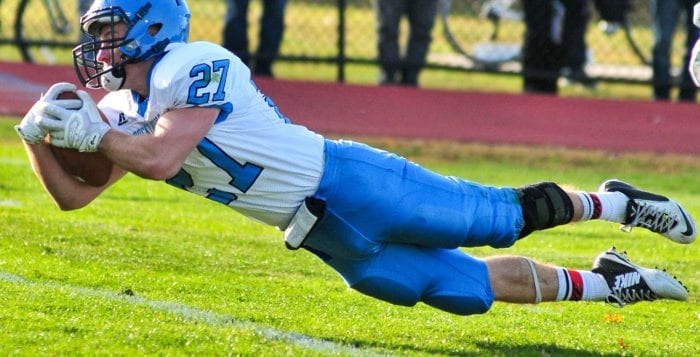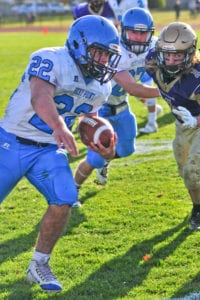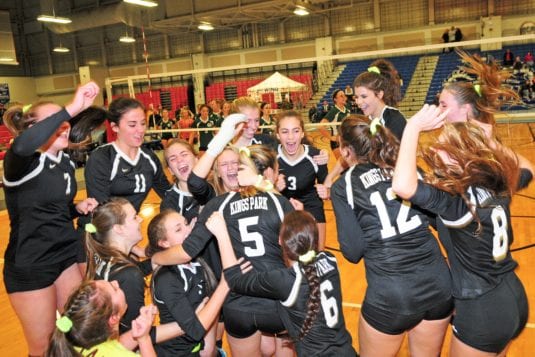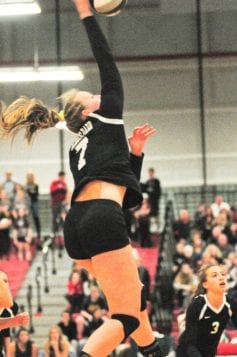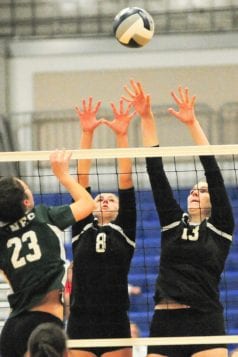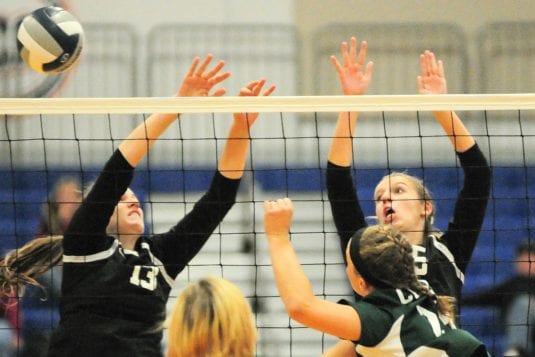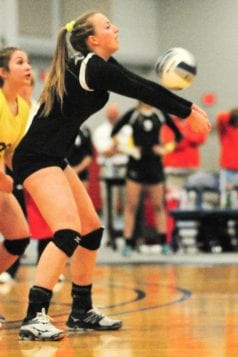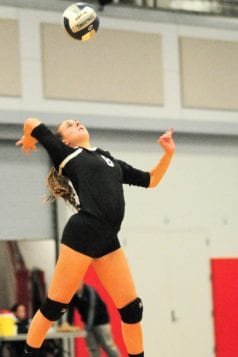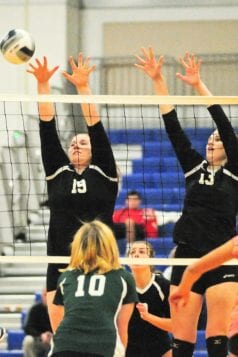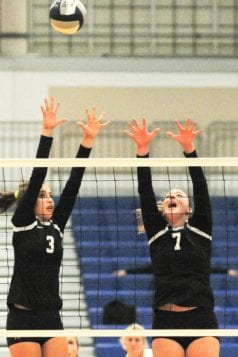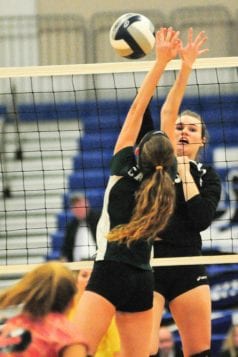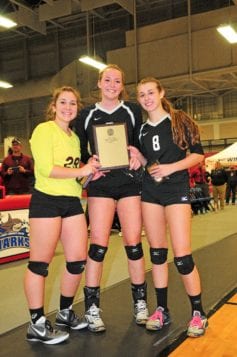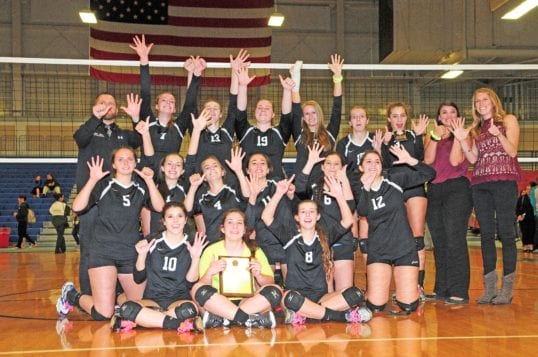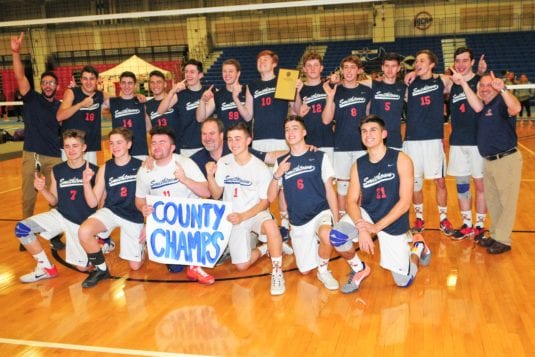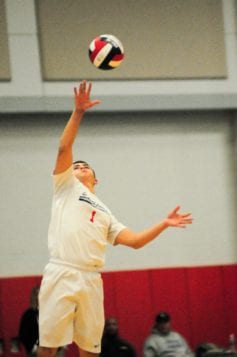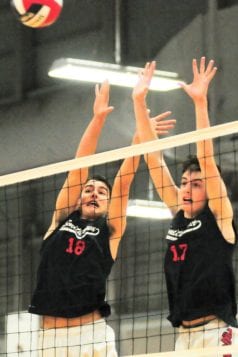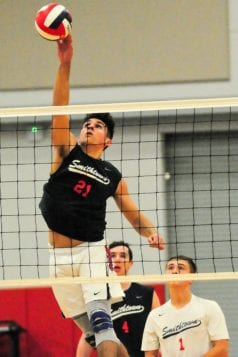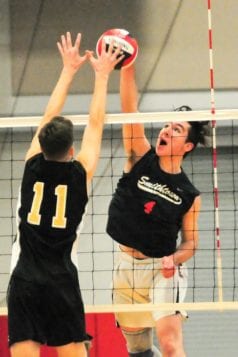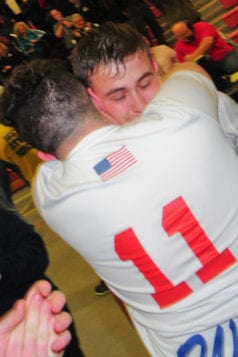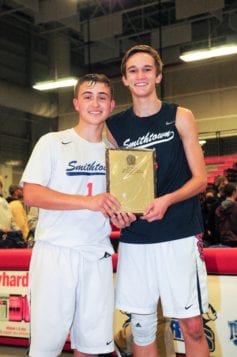Trailing by a goal, the Port Jefferson girls’ soccer team found itself in a familiar situation. Although this time the stakes were a little bit higher.
The senior-laden Royals were competing for a second consecutive state title Nov. 13, and, down 1-0 to Geneseo at halftime, the girls admitted for once they were worried.
“The team was very nervous,” senior midfielder Brittany Fazin said. “We had a lot of pressure on our backs to win it again, especially with most of us being seniors. But we knew all the hard work paid off for this moment.”
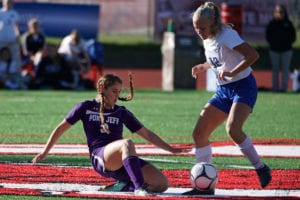
The team was characterized by frequent comebacks throughout the course of a 31-3-1 two-year run. So at halftime, the team came together to figure out the solution to its problem.
“At halftime, we all spoke up, got on each other, calmed each other down and told each other that this is our game,” Fazin said. “We were playing down to their level, and not playing our game.”
That’s when Jillian Colucci — the team’s spark plug — did her thing.
First, her longtime teammate, senior forward Clare O’Connor, came close to tying the game with a strike over the crossbar 10 minutes in. Two minutes later, she found an opening and passed to Colucci, who scored the equalizer.
“Once that one goal came, that was all they needed,” Port Jefferson head coach Michele Aponte said. “It fueled their fire. It motivated them.”
Port Jefferson kept pressing for the go-ahead goal, and with 24:26 left to play, Fazin scored what would become the state title clincher.
“My goal that put us in the lead felt incredible,” Fazin said. “I beat out two girls down the middle, I took a shot from the 18-yard line and it went into the bottom right corner.”
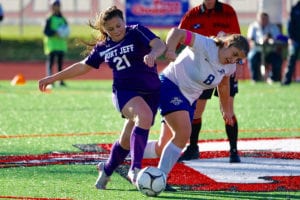
While heading to goal, she said she remembered the mistakes the team had made throughout the course of the first 40 minutes in the back of her mind, to make sure she executed.
“As I was dribbling, I kept repeating ‘get over the ball, get over the ball,’” she said. “Most of our shots skyrocketed over the net, and I knew if I got my shot low and on target, I would have a better chance.”
She put the team to the lead, but got the Royals some breathing room when she scored three minutes later on a strike from 35 yards out, assisted by Colucci, and finished the game with a hat trick goal from the 25-yard line to cap a 4-1 Royals victory.
“I was just having an amazing time playing the sport that I love,” Fazin said. “I’m so glad we got to end it this way.”
Colucci said she hopes other Port Jefferson athletes will continue to take the program on its positive trajectory.
“It was hard not to be nervous with the added pressure after last season, but we focused on taking it one game at a time and we were so pumped to know we had one more opportunity to step out on the field together again in the finals,” the senior forward said. “Looking back on previous seasons and games, going down a goal was not an unfamiliar situation for us. We just knew it was time to shake off the nerves, settle down and work together. I hope we can inspire the players behind us, and the program continues to have this kind of success for many years to come.”
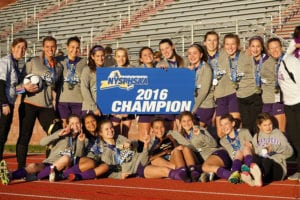
Fazin was named most outstanding player in the playoffs, and junior goalkeeper Brianna Scarda was named outstanding goalkeeper.
“Ending with a state title was surreal, but to be named an outstanding player made it a moment I will never forget,” Fazin said. “Most people can’t even say they have one state title, and the fact that I get to say I have two is incredible.”
Colucci said to be able to take home the title with nine other seniors in their final season was icing on the cake for her high school career.
“We are just so lucky to be able to do all of this together — who knew this is how our soccer journeys would end when we started playing intramural soccer at 4 years old?” she said. “It has without a doubt been an incredible journey, and making history just tops it off. It doesn’t get any better than sharing this success with this particular group of girls doing what we love and having fun. It’s truly unforgettable.”

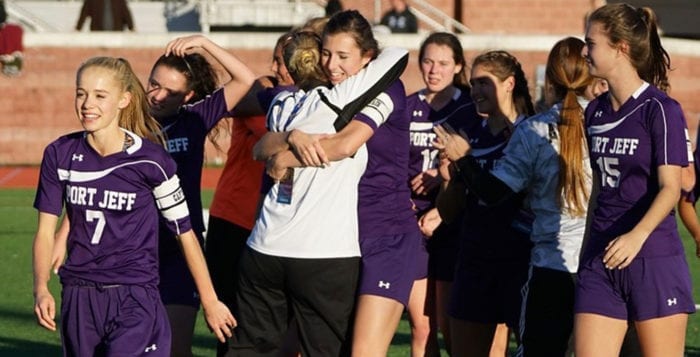
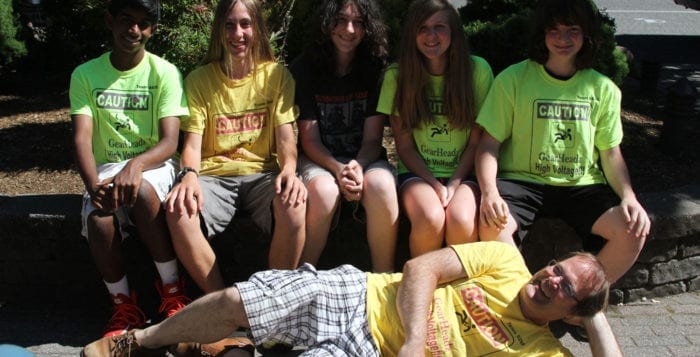


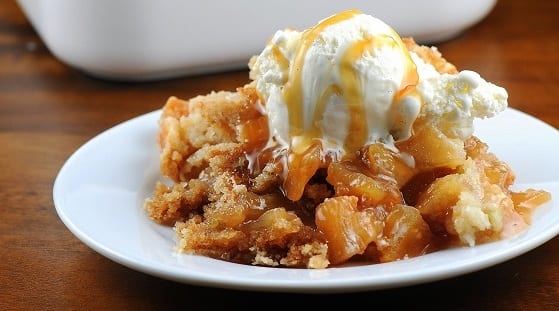
 YIELD: Serves 8
YIELD: Serves 8 YIELD: Serves 10
YIELD: Serves 10
